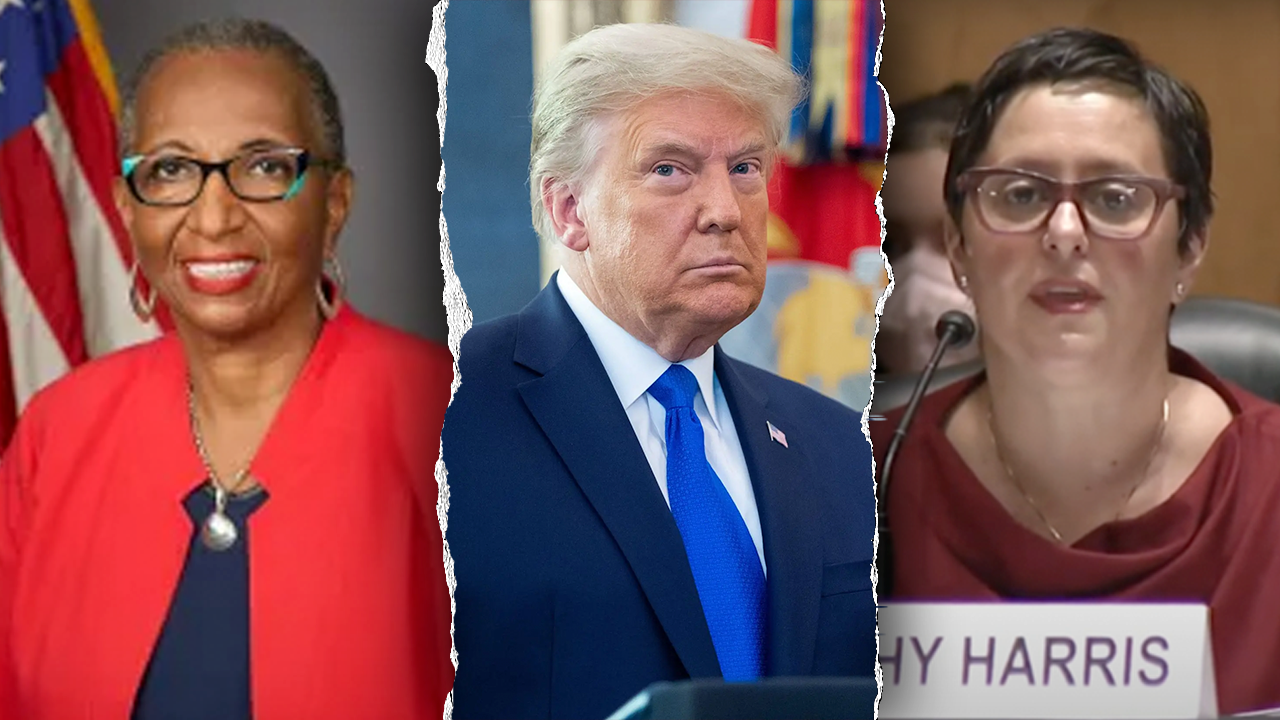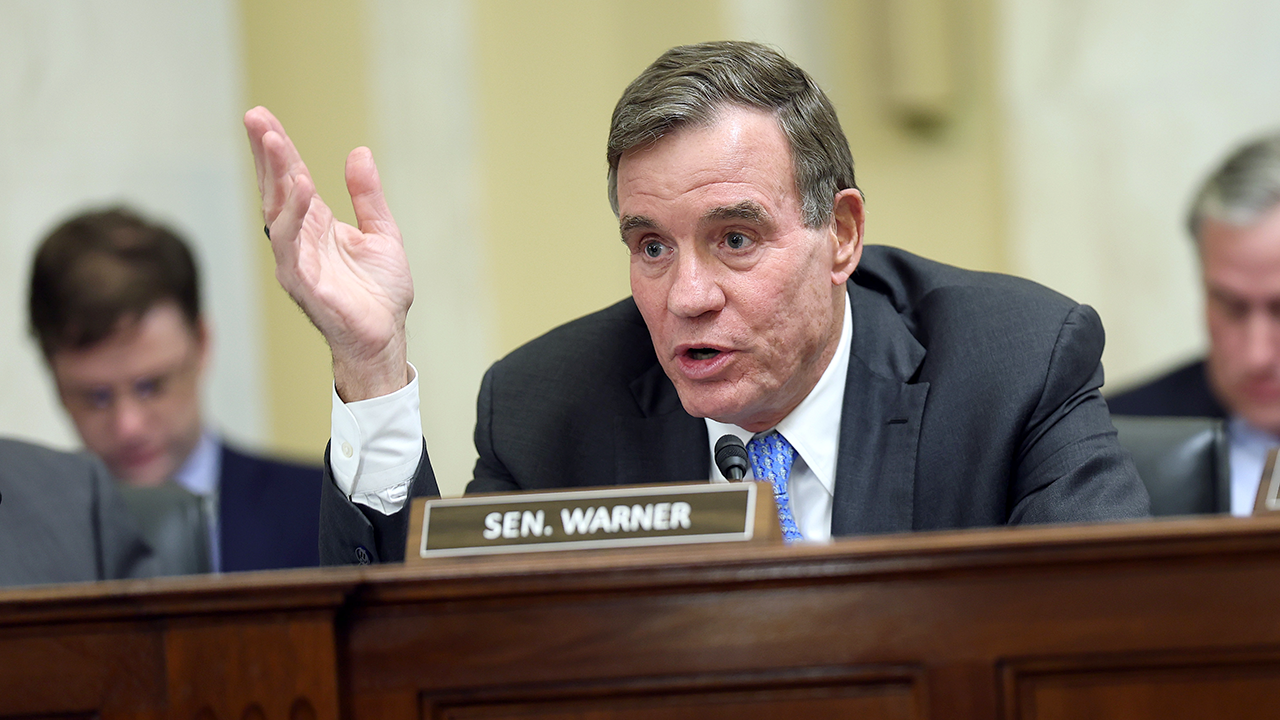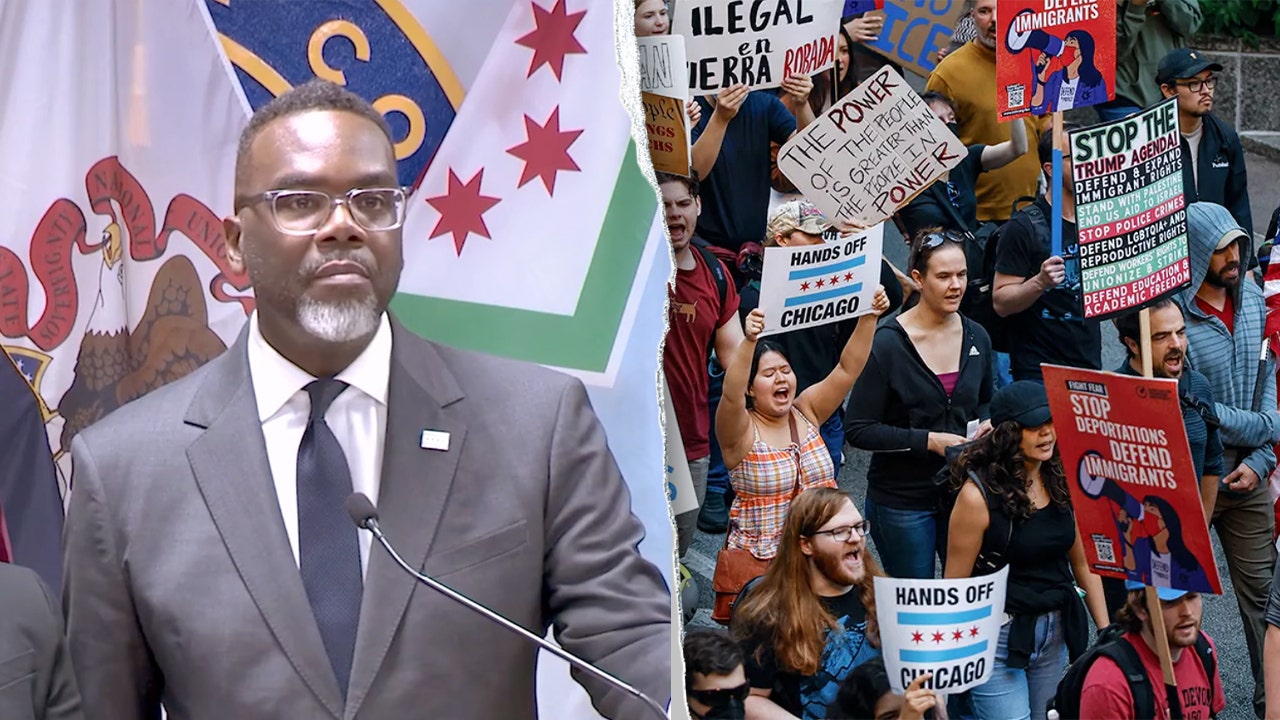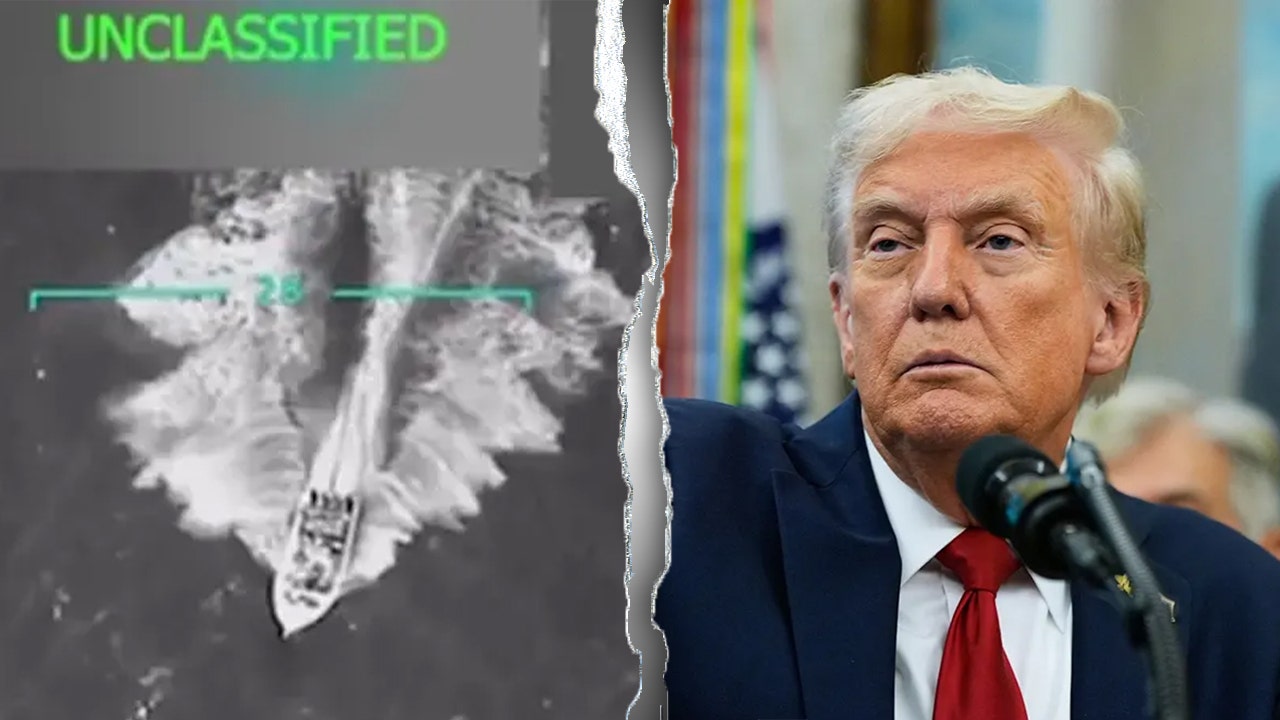Supreme Court rules on fate of fired federal board members

The Supreme Court recently ruled in favor of President Donald Trump’s removal of two Democratic appointees from federal boards, settling a contentious legal battle over the president’s power to fire agency officials. The decision upheld the termination of National Labor Relations Board (NLRB) member Gwynne Wilcox and Merit Systems Protection Board (MSPB) member Cathy Harris, both of whom were abruptly removed by the Trump administration earlier this year.
The ruling came after Chief Justice John Roberts temporarily halted the reinstatement of Wilcox and Harris, who had challenged their terminations as “unlawful” in separate lawsuits filed in D.C. federal court. The court’s decision indicated that attempts to fire Federal Reserve Chair Jerome Powell, who had not cut interest rates fast enough according to Trump, could also be blocked in the future.
The issue at hand was whether the board members, both appointed by President Joe Biden, could remain in their positions while a larger legal battle over the president’s authority to remove independent agency members continued. Justices Samuel Alito, Clarence Thomas, Brett M. Kavanaugh, Amy Coney Barrett, John Roberts, Elena Kagan, and Sonia Sotomayor were all involved in the decision, with the three liberal justices dissenting.
Justice Elena Kagan expressed concern over the implications of the ruling, suggesting that it could pave the way for a more subservient administration. However, lawyers for the Trump administration argued that reinstating Wilcox and Harris would cause irreparable harm to the president and the separation of powers.
The U.S. Court of Appeals for the D.C. Circuit had previously voted to restore Wilcox and Harris to their respective boards, citing Supreme Court precedent in Humphrey’s Executor v. United States and Wiener v. United States. The Trump administration quickly appealed to the Supreme Court, which granted an emergency administrative stay blocking their reinstatement.
Both Wilcox and Harris opposed the administration’s efforts to fast-track the case, warning against rushing arguments and potentially destabilizing the law. The legal battles surrounding the executive’s power have sparked several lawsuits, including one by Hampton Dellinger, a Biden appointee who was also terminated by the Trump administration.
In February, Dellinger dropped his suit against the administration after the D.C. appellate court sided with the Trump administration. The Justice Department has also expressed interest in overturning Humphrey’s Executor, a 90-year-old Supreme Court decision that limits the president’s power to remove independent agency members without cause.
Overall, the Supreme Court’s decision to uphold President Trump’s removal of Democratic appointees from federal boards marks a significant legal victory for the administration. The implications of this ruling could have far-reaching effects on the balance of power within the executive branch and the authority of future presidents to remove agency officials.




